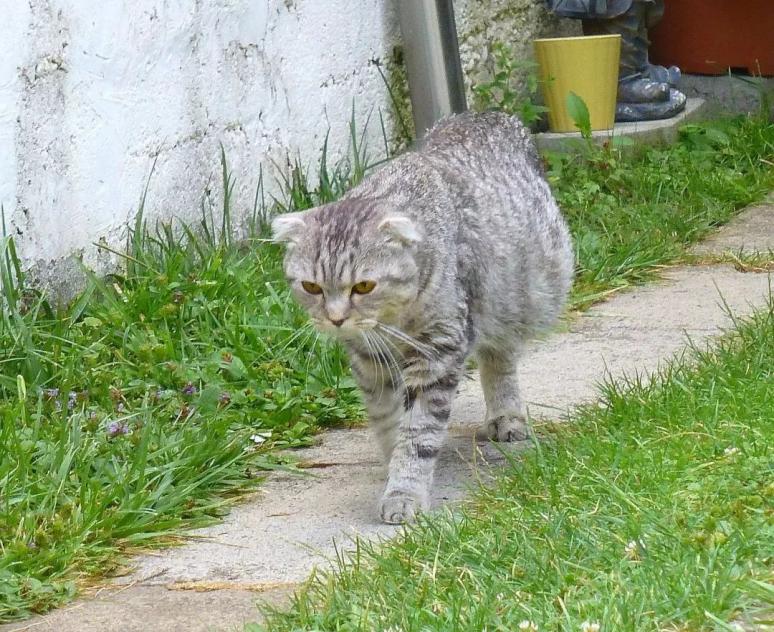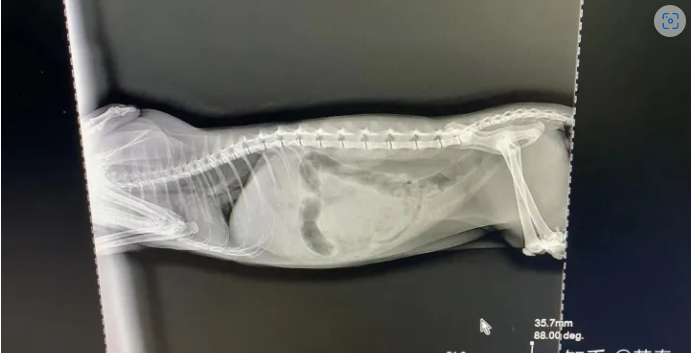If your cat is diagnosed or suspected, please read it patiently!
Hello dear parents! I am a pet kennel manager, but I like small animals very much, cats and dogs just love each other. The most unseen thing in my life is the life and death of the owner and the pet. That kind of pain is really painful! Common cat diseases, feline transmission, feline infectious peritonitis. Below, I will sort out the content about the cat’s belly so that you can have an understanding of the cat’s belly!
Feline-transmitted infection is mainly through direct or indirect contact with the feces of sick cats. In addition, some cats have carried the feline-transmitted virus, but have not developed the disease. If they are subjected to strong stress, the mutation of the virus may lead to feline-transmitted feline. Outbreak, there are clinical symptoms of infected cats, such as ascites, anorexia, lesions of liver and kidney organs, etc.!

What symptoms do cats have?
There are two common symptoms of abdominal transmission:
Wetness:
A. [Ascites or pleural effusion] causes shortness of breath or difficulty breathing.
B. [Monsoon symptoms are not specific] such as anorexia, weight loss, disheveled hair, poor spirits, hen squatting and dehydration.
C. [abnormal urination and defecation) yellow or small amount of urine, decreased stool or diarrhea.
D. [Repeated fever] 39.5-40.6°C (Alcohol and liquor at home can wipe the soles of the feet
Manage cooling first to ease).
E. [Anemia] The nose, mouth, ears and pads are white and bloodless (requires nutritional supplements)
dryness:
A. [Iris lesions] Blinking or tearing at the initial stage, uveitis, different pupil sizes, discoloration of the iris, exudation of secretions, etc.
B. [Neurological symptoms] Hindquarter dyskinesia, scoliosis of the neck, spasms, convulsions, dyskinesia.
C. [jaundice] Yellow discoloration of the eyes, ears, and whole body skin, accompanied by retching. – The general symptoms are repeated or persistent fever, loss of appetite, abnormal bowel movements, unwillingness to move, lack of energy, no interest in toys, long-term hen squatting, beginning to like to go to corners and squatting posture, and hair begins to be messy.
For better and more accurate treatment, it is best to do a check at the nearest veterinary hospital!

What checks do we need to do?
Check can refer to the following:
[Biochemical test] Biochemical indicators are used to analyze and check the organs of the cat’s liver and kidneys.
[Blood routine] to determine whether there is inflammation, the severity of inflammation, the type of inflammation; whether there is dehydration, the severity of anemia, etc.
[B-ultrasound] Ascites, lymph node size, kidney size, liver condition.
[Li Fanta] Li Fanta’s test should be performed to determine whether the ascites is positive for wet abdominal infection, which is convenient for doctors to make judgments.
[PCR test] This is a kind of feline coronavirus used to assist in the diagnosis of cats with feline coronavirus.
How long is the treatment cycle?
Many parents ask questions about the treatment time. Each cat’s condition is different. The veterinarian should check the recovery during the treatment process, and don’t be scared by the so-called “12 weeks” on the Internet! Usually, routine treatment is divided into three states: morning, middle and evening. For early detection, it can be cured in about 3-4 weeks. See the biochemical test report for details! Complications are all in the mid-term state and are in normal state in about 5-6 weeks. In the late stage, you have stopped eating and cannot stand. It is generally recommended that parents take one back and try it first. Continue treatment. So it’s better to send the report and the video picture of the cat’s current mental state to our doctor! Let the doctor have an accurate judgment.
How to care during sickness?
When the cat is anorexia, fatigued and unable to bite, we can feed it with liquid food and eat less and more meals. Serious cat infusion with glucose liver protection needle can be relieved first. Waiting for the FIP feline coronavirus inhibitory injection [GS-441524] to arrive for treatment. After receiving the GS-441524 reagent, you can go to the nearby pet hospital to learn a few times for the first few injections. It is best to cooperate with the injection at home with two people. The relatively familiar environment will reduce the cat’s stress response! Remember to wear a hood for comfort or use Toy Snacks Distraction for Subcutaneous Injections!
How long does it take to heal?
Needle stop indicators, remember not to only look at a few indicators, be sure to combine the test results and the cat’s diet and other conditions to judge, the white blood cell ratio is more than 0.7, the liver function and kidney gallbladder are normal, blood cells and lymphocytes are normal, and ascites is seen by B-ultrasound. It has been eliminated, the diet is normal, the mental state is OK, usually runs normally, plays normally, and has normal bowel movements.